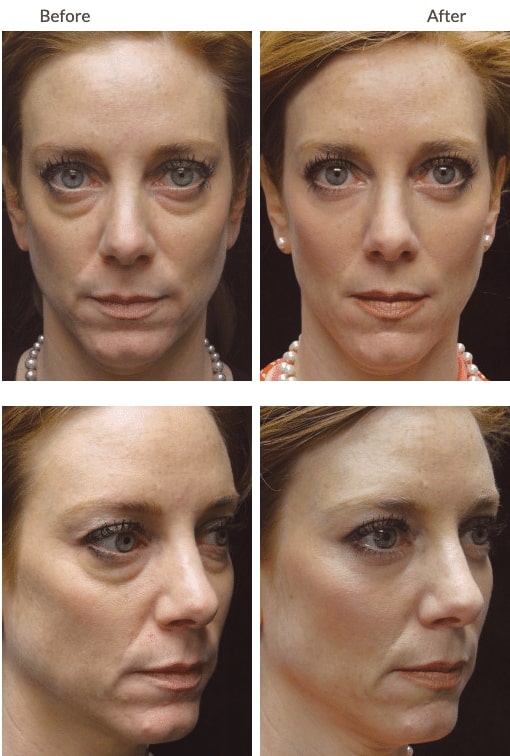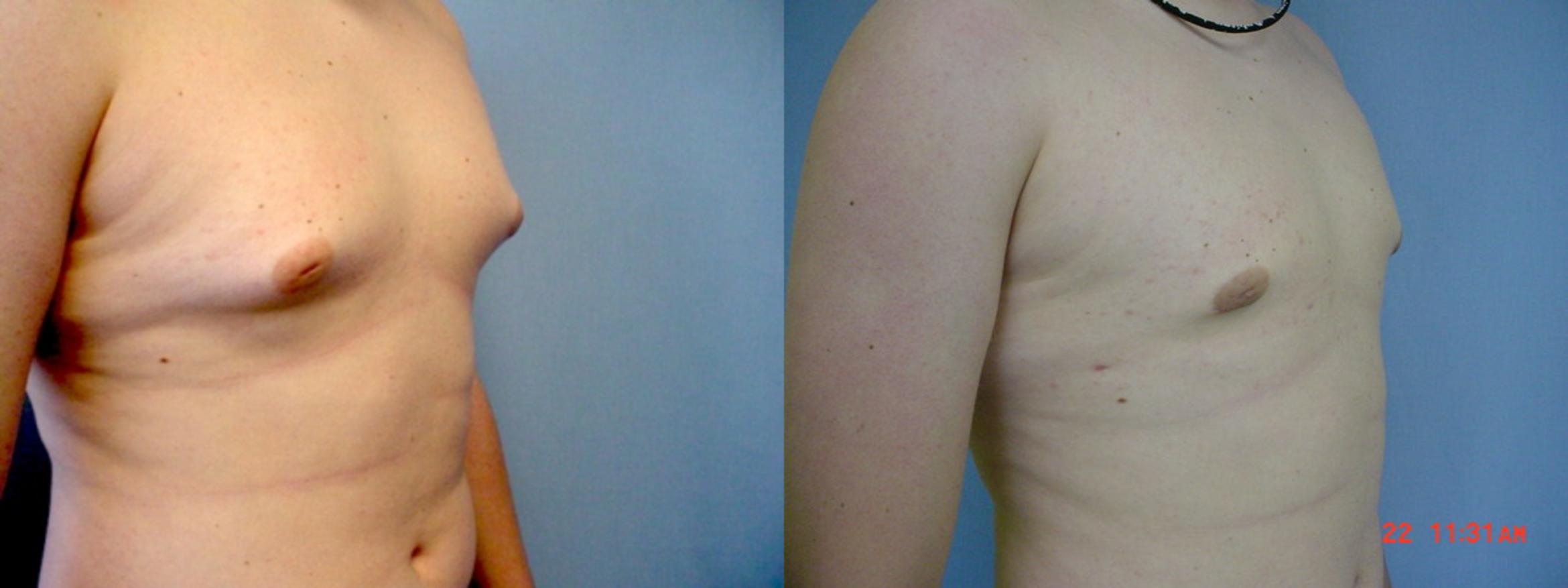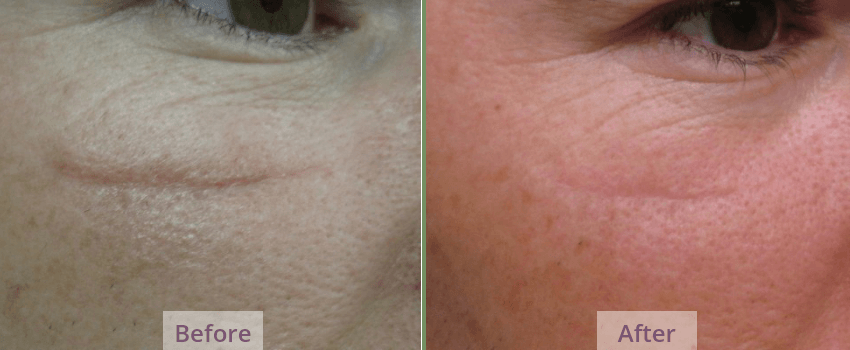
There are many different surgical procedures that can enhance your breasts. Each procedure can have different results. Each procedure is different and there is no single solution. It is important to be informed about all options so you can make an informed decision. It is important to research breast enhancing before you decide to have it done. This will allow you to ask the right queries and ensure you get the results you desire.
Selecting a plastic surgery
Choosing a plastic surgeon for breast enlargement surgery is an important decision. Consider the following factors: experience, qualifications, bedside manner, and bedside manner. Referring people who have undergone surgery before is a great way for you to find the right surgeon.
You can start by looking at patient reviews and seeing before-and-after photos. Surgeons who are known for providing excellent results should be considered. A surgeon's surgical experience and skills can be shown through before-and-after photos. The pictures can also help you determine if a surgeon is right for your needs.

Preparing for surgery
It is important to keep your health in mind when you prepare for breast enlargement surgery. It is important to avoid people who are sick and to make sure that you have time off work prior to the surgery. If you have children under two years old, find someone to take care of them while you're gone. Additionally, you should try to avoid strenuous exercise for two weeks. It is possible for your breasts to become tender after surgery.
It's a good idea, before you have surgery, to plan your meals. Make sure you buy foods that you can easily prepare. You may also want to buy foods that are durable and easy to prepare. Bring all your medications. You should also be at the surgery two hours before check-in to avoid any delays. Be comfortable and allow your arms to move freely. A button-front shirt is also a good choice.
Complications
A small percentage of women who undergo breast enhancing surgery experience postoperative infection. These symptoms include reddening, swelling, pain, fever, and redness. Patients should discuss their treatment options with their surgeon. While antibiotics can help clear infection, if it continues to be severe, the surgeon will likely perform surgery to remove infected tissues. In some cases, the surgeon may also remove the implant and tissue expander if the infection is too severe.
Out of the 450 procedures that were performed following initial implant, 91 were staged and 164 were for clinical reasons. 321 women experienced at least one complication. From these 321 women, 178 had at minimum one complication. A total 274 breasts also had at the least one implant. Women who had surgery after breast cancer treatment or prophylactic reasons experienced significantly lower complications.

Recovery
It is important to recover from breast augmentation surgery. The procedure is not considered life-threatening but can be painful. After surgery, you will notice a decrease in swelling, bruising, pain, and tenderness. To speed up healing, the body will release anti-inflammatory substances. During recovery, patients should avoid strenuous activity, including lifting heavy objects. Most patients can return home within two weeks.
Patients will receive pain medication. To reduce discomfort, patients can also take over-the counter pain relievers. The patient should avoid any high-impact activities for two to six weeks following the surgery.